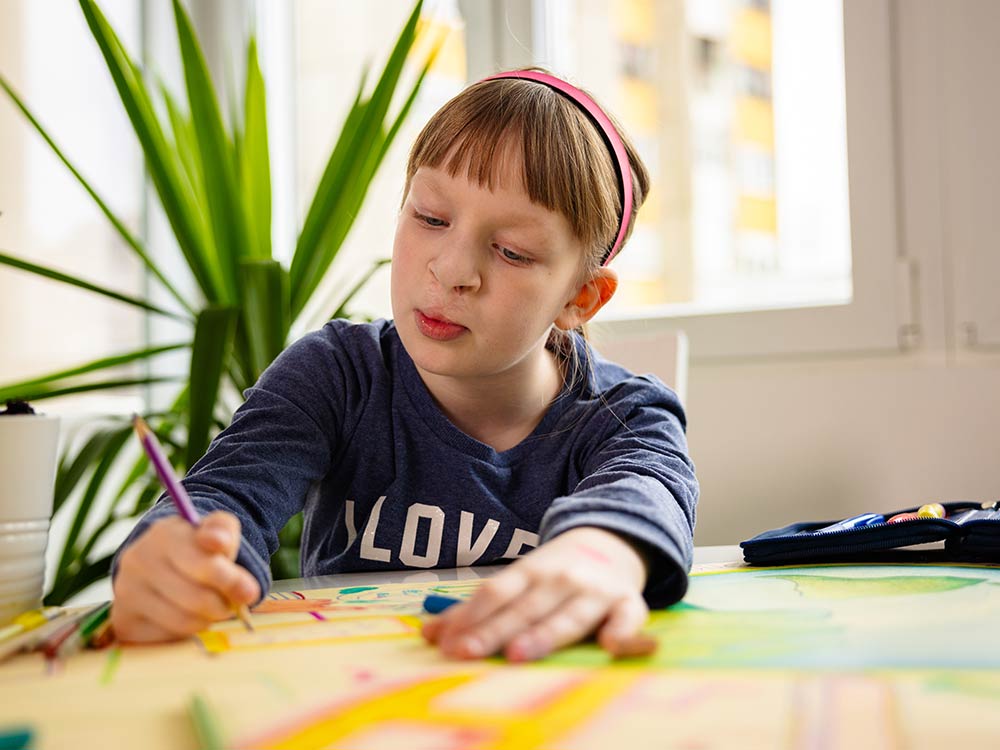Game art involves a complex and collaborative process that requires input from various departments to create a game that looks and feels great. The process begins with concept art, followed by 2D art development, 3D modeling and texturing, rigging, and animation. Finally, visual effects are added to enhance the game’s visuals. Every step of this process is critical to creating a game that captivates players and draws them into the game’s world. The creativity and technical expertise of the art team are key to developing visuals that push the boundaries of what’s possible in game development and create immersive experiences for players.
From Sketch to Screen: The Creative Process of Developing Game Art
Game development has come a long way since the early days of gaming, when pixelated graphics were the norm. Today’s games boast of stunning graphics and immersive gameplay that require a collective effort from different departments working together as a cohesive unit. One of the key aspects of game development is game art, and this article will explore the creative process of developing game art from sketches to screens.
Concept Art
Every game begins with an idea, and concept art is the first step towards bringing that idea to life. Concept artists create sketches and visual representations of the game’s characters, environments, and objects, providing a foundation for the game’s art style. These sketches are usually rough and not final, and they require input from other departments such as game design and art direction before being polished further.
2D Art
Once the concept art is approved, the 2D art team gets to work, creating the game’s 2D assets such as backgrounds, characters, and objects. These assets are created using a variety of software tools such as Adobe Photoshop and Illustrator. The 2D art team works closely with other departments such as game design, engineering, and animation to ensure that the game’s art style and assets are consistent across all areas. It’s also important that the game’s art assets are optimized to run smoothly on different platforms, from smartphones to consoles.
3D Modeling and Texturing
3D modeling is an integral part of game development, and it involves creating 3D models of the game’s characters, environments, and objects. These models are created using specialized software tools such as Autodesk Maya and ZBrush. Once the models are complete, they are textured to give them a realistic look and feel. The texturing process can involve working with software such as Substance Painter and Mari, and it requires a keen eye for detail and an understanding of how different materials behave in the real world.
Rigging and Animation
After the 3D models are complete and textured, they need to be rigged so that they can be animated. Rigging involves creating a digital skeleton for the model, which allows it to move and bend like a real object. This process requires a solid understanding of human anatomy and how different joints and bones work together. Once the rigging is complete, the animation team takes over, bringing the game’s characters and objects to life through movement and expressions. The animation team works closely with the game designers to ensure that the animations fit seamlessly with the game’s mechanics and objectives.
Visual Effects
Visual effects are the icing on the cake when it comes to game art, adding an extra layer of polish and realism to the game’s visuals. Visual effects can include anything from particle effects such as explosions and smoke to ambient lighting and reflections. These effects require a thorough understanding of how light behaves in different environments and how different materials interact with it. The visual effects team works closely with the art direction team to ensure that the effects are consistent with the game’s overall art style and style guide.
Final Thoughts
Developing game art is a complex and collaborative process that requires input from various departments. From concept art to final visual effects, every step of the way is critical to creating a game that looks and feels great. The art team’s creativity and technical expertise are key to developing visuals that captivate players and draw them into the game’s world. By working together and leveraging the latest technology, game art teams are pushing the boundaries of what’s possible in game development and creating truly immersive experiences for players.
